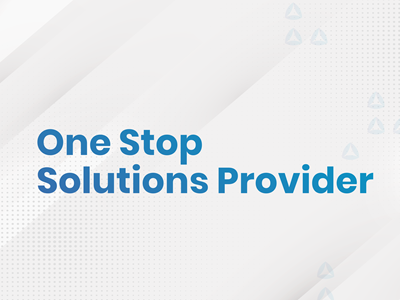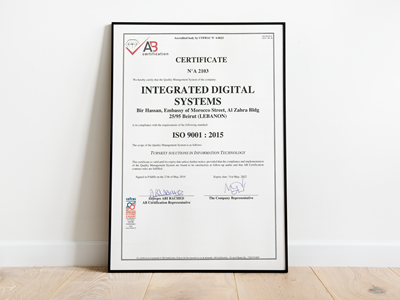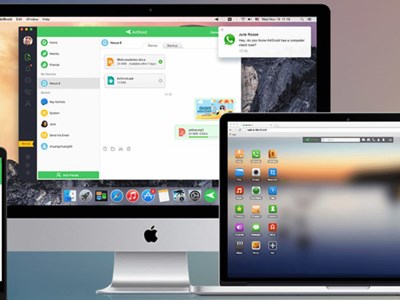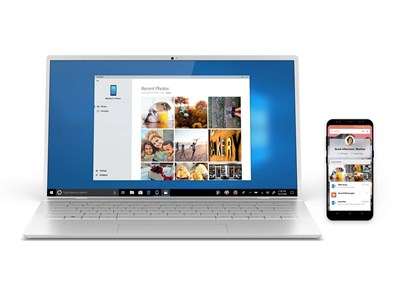The world witnessed a historic shift in the 2020 job market due to the Covid-19 pandemic. While some companies used to offer the ability to work from home as a perk, it has now become the norm for most businesses. By 2025, an estimated 70% of the workforce will be working remotely at least five days a month. While 2020 may be considered the year of remote work, it is just the beginning as we see the trend continuing in 2021.
Remote work becomes permanent
The percentage of workers permanently working from home is expected to double in 2021, according to a survey from Enterprise Technology Research (ETR). “The productivity metric is proving that remote work is working,” said Erik Bradley, chief engagement strategist at ETR. “So, we all thought that there would be some increase in permanent remote work, but we didn’t expect that to double from pre-pandemic levels.” Another recent Gartner CFO survey revealed that over two-thirds (74%) plan to permanently shift employees to remote work after the Covid-19 crisis ends. As expected, Big Tech companies are paving the way. Twitter, based in San Francisco, told employees in May that they could work from home indefinitely. Square, which is also led by Twitter's Jack Dorsey, adopted a similar policy around the same time and will allow employees to work from home indefinitely, even after offices reopen. Facebook CEO Mark Zuckerberg told employees in late May that many would work remotely indefinitely and plans to keep staff remote through 2020.
Remote work means less office space
Moe Vela, Chief Transparency Officer of TransparentBusiness, predicts that the need for large physical office spaces will gradually become a thing of the past. “Completely remote companies with no headquarters will continue to form as other organizations decide to reduce their office space for hybrid teams or forgo one altogether to save on costs,” adds Vela. And companies are already taking steps in this direction. Earlier this summer, outdoor retailer REI announced that it is selling its brand new, unused 8-acre corporate campus in Bellevue, Washington. In a statement, CEO Eric Artz said the company would "lean into remote working as an engrained, supported, and normalized model" for employees. Many companies are also planning a new combination of remote and on-site working, giving rise to a hybrid work model. As Anna Convery-Pelletier, CMO at Radware, suggests, “One strategy might be to have specific days for in-person meetings and collaboration, and then other days allocated for remote work. In-person meetings might be reserved for brainstorming sessions, introducing new projects, or team-building exercises, while remote days would be for work that can be performed individually. The office could be redesigned and reorganized by getting rid of cubicles and creating more collaborative meeting spaces.”
Remote work requires more engagement
In an office setting, a positive attitude and strong relationships open the doors to advancement. One of the disadvantages of working remotely is that it's more difficult to highlight professional achievements. In 2021 employees will need to put extra effort into amplifying their engagement virtually to ensure they have access to new opportunities. In a remote setting where employees collaborate mostly via email, engagement is much harder for workers to convey and for employers to identify. By participating in virtual events, being active in online meetings, and keeping enthusiasm high, employees will be able to stand out as leaders while working from home.
Remote work affects performance management
Remote work has changed performance management considerably. Organizations will increasingly focus on work done instead of hours worked—making tools and apps to help manage remote employee performance more essential. To maximize employee efficiency, employers will need visibility over what workers are doing. Some examples of remote employee management tools include Time Doctor, Timely and TransparentBusiness. At some point, it may even be necessary to create a new job position, like Director of Remote Work, to oversee production and collaboration and ensure operational efficiencies. Some companies are also making performance reviews ongoing rather than annual. Continuous feedback will become essential as managers strive to help employees navigate their job responsibilities and meet performance expectations. Rethinking how goals are set and identifying key performance metrics will be critical to managing remote workers in the new normal.
Remote work makes cybersecurity vital
As organizations allow a significant part of the workforce to remain remote, cybersecurity will become an even greater concern in 2021. In Cisco’s Future of Secure Remote Work Report, 85% of all respondents reported that cybersecurity is extremely important or more important than before the pandemic. A real concern is around how data is being accessed and how to secure it effectively. Jack Mannino, CEO of security firm nVisium, agrees that organizations need to think more strategically about cybersecurity investments and how to best protect workers, data and equipment. “The shift to remote work has prompted many organizations to make significant new investments in their IT systems and infrastructure,” Mannino said. “While the shift has already happened for many, the security debt created in the process has not been addressed in many places. Securing a remote workforce requires a different mindset and presents an expanded perimeter for an attack.”
The Covid-19 pandemic has proven that we can work from home and do it effectively—without losing productivity. In a survey by Mercer, an HR and workplace benefits consulting firm, 94% of employers said productivity was the same as or higher than before the pandemic, even with their employees working remotely. The future of remote work will require many changes, including investing in digital infrastructure and freeing office space. For most companies, having employees work outside the office will require reinventing many processes and policies. The question is, will the benefits outweigh the drawbacks? Only time will tell










Comments